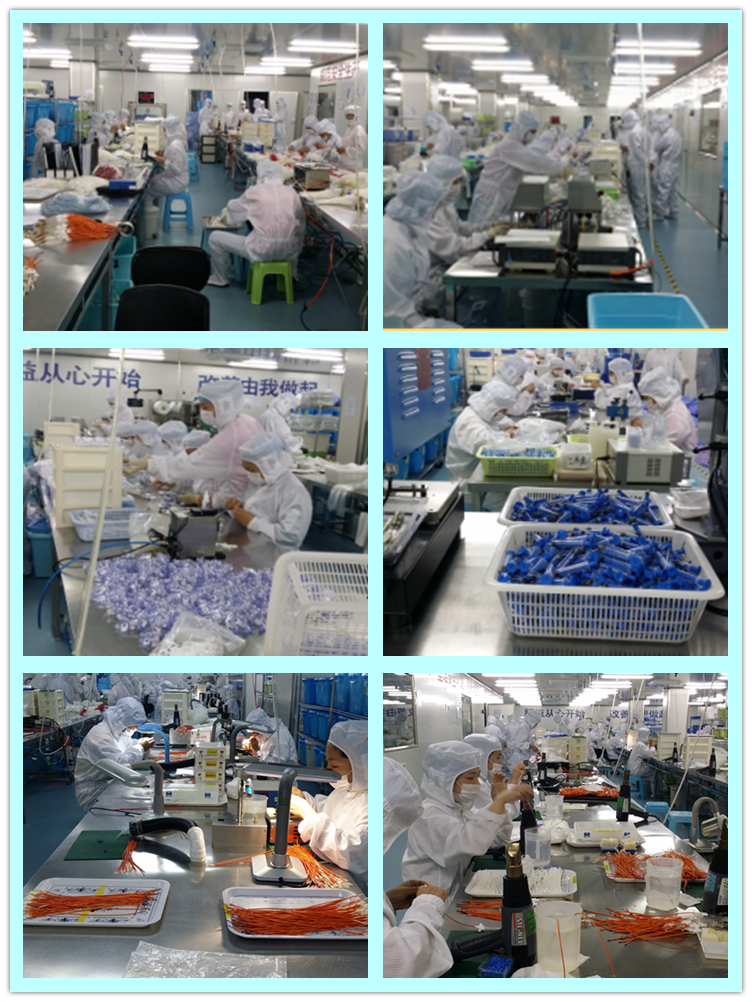The sensation during sow estrus breeding has a great influence on sow fertility, litter size, and live births. To explore its regularity, we evaluated 370 sows at the time of mating, recorded the number of fetuses and the number of litters, and conducted statistical analysis using the relevant statistical methods. The results are now reported as follows: 1 Basic information 1.1 Time August 18, 1996-March 31, 1997. 1.2 Location Xinjiang Bole Abby Lake Meat Plant Pig Farm. 1.3 Feeding management The Bo Lian Abby Lake Meat Plant Pig Breeding Farm is a large-scale pig farm with an annual output of 10,000 heads of commercial pigs, which is constructed according to the design requirements of factory farms. The Xinjiang white pig was used as the female parent, and the Changbai pig was the first hybrid father. Duroc was the terminal father of the cross hybrid and formed a three-way economic hybrid production model. At the same time, Xinjiang white pigs and other landraces were used to breed two pure breeds. Four to five heads of female pigs are to be bred. The breeding boars are reared on a single line. The pregnant sows are kept on the monomer-limiting bar. The litters, nursing, and child rearing are all raised on the high bed net. There are more than 600 basic sows, 22 boars, and more than 4,000 boars. Feeds are processed and formulated according to the standard of each breed of pigs. The field has good breeding and production conditions. 2 Research Methods The sows were weaned 30 days after their farrowing and transferred to the breeding pens for observation. After estrus, the sows were rushed into the pens for breeding. Two repeat breedings were used, and the mating date, male and female pig ear numbers were recorded after the breeding was completed. At this time, the sows were grouped by the public opinion assessment (divided into groups A, B, C, D, and E5). Overweighted pigs in Group oA were significantly overweighted, with double backs, semi-circular torso, and obvious fat, creases, and abdomen in the lower part of the anus. Hypertrophy. In Group B partial fertility group, the lyrical condition was between the A group and the C group. The trunk was semicircular, the double backs and wrinkles were not obvious, the back was flat, and the abdomen was plump. C moderate group, moderate public opinion. No B and D features, compact torso, but no spine bone and ribs, compact abdomen, moderate. Group D was lean, and lyrics were between the C group and the E group. The trunk is thin and flat with bones but it is not obvious. The shape of the ribs is obvious and the abdomen is single. E group was too thin group, the sensation was obviously too thin, the trunk was thin, the body bone shape was prominent, and the abdomen was thin. Pay attention to regrowth and pregnancy changes after mating, careful pregnancy identification. The litter size, litter size, and litter size were recorded. The data obtained were analyzed. The average number of each group was calculated using statistical methods, and the conception rate was calculated according to the actual number of litters per group. 3 Results and analysis (see Table 1) Table 1 Sows Breeding and Reproductive Performance Group Breeding Number of Farrowing Number of Farrow Number of Farrow Number of Liveborn Fitter Number of Concealed Rate (%) Live Birth Rate (%) Wo alive number A 25 16 139 132 64.0 95.0 8.69 8.25 B 74 63 602 557 85.1 92.5 9.56 8.84 C 164 145 1523 1427 88.4 93.7 10.50 9.84 D 78 61 589 540 78.2 91.7 9.66 8.85 E 29 22 208 187 75.2 89.9 9.45 8.50 Total 370 307 3016 2843 83.0 92.9 9.97 9.26 can be seen from Table l. With the difference in sow breeding, the indicators such as larval rate, litter size, and live birth rate showed obvious regular changes. The index of conception rate, the highest in group C, was 24.4%, 3.30%, 0.2%, and 12.6% higher than that in group A, B, D, and E, respectively. The litter size per litter was highest in group C, which was 1.81% (p<0.01), 0.94% (p<0.05), and 0.5%, respectively, compared with group A, B, D, and E. 84 (p<O.05), 1.05% (p<0. Ol). The number of litters per litter was highest in group C, which was 1.59% (P<0.01), 1.0% (p<0.05), and 0.1%, respectively, compared with groups A, B, D, and E. 99% (p<0.O5), 1.34% (P<O.01), live birth rate, except for group C, which was 1.39% lower than group A, compared with group B, D, and E, respectively. Higher than 1.0%, O. 99%, 1.34%. The above comparison results show that as the sow breeds from middling to fat and thin in two directions, the sow's conception rate, litter size, and number of live piglets show a gradual decrease. Among the above five groups, the C group was the moderate sensation group, which was significantly higher than the other groups in both the conception rate and the number of litters. Therefore, large-scale pig farms should focus on control of sow's sow status in sow management.
Antimicrobial central venous catheters are discussed as a device to reduce catheter-related infections. Previously we have reported a study with 223 adult surgical patients randomized to receive either a rifampicin-miconazole-loaded Central Venous Catheter (CVC) (n=118) or a standard CVC (n=105). The antimicrobial CVC was shown to reduce catheter colonization (CC) and catheter-related local infection (CRI) significantly even at long-term catheterization. Here, we present further evaluation of the study focusing on possible benefits for high-risk patients. Subgroup analyses showed a pronounced reduction of CC and CRI in male, overweight and oncology patients. Important covariates were skin colonization for CC and oncological disease for CRI. Odds ratio (OR) for reducing CC was 0.076 (95% CI: 0.016-0.360) and CRI was reduced from 26% to 2.3% (p=0.001) in the cancer subgroup. Ex vivo long-term antimicrobial activity of modified catheters exceeded 4 weeks.
*Related Products:Anti-microbial Central Venous Catheter Kit,Anti-microbial Central Venous Line Kit.



Antimicrobial Central Venous Catheter
Anti-Microbial Central Venous Catheter,Anti-Microbial Central Venous Line,Central Venous Line,Anti-microbial Central Venous Catheter Kit,Anti-microbial Central Venous Line Kit
Nanjing Anesthesia Medical Co., Ltd. , http://www.sinoanesthesia.com


